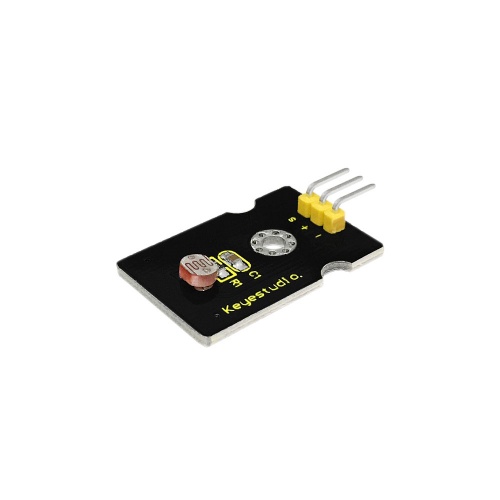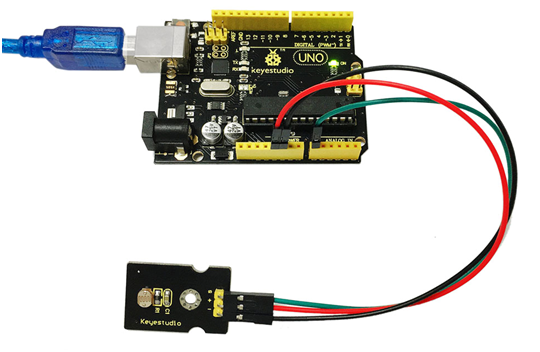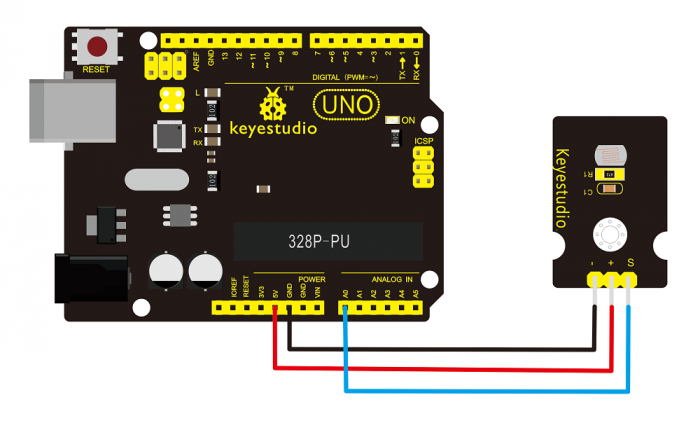Ks0028 keyestudio Photocell Sensor: Difference between revisions
Keyestudio (talk | contribs) |
Keyestudio (talk | contribs) |
||
| Line 48: | Line 48: | ||
http://video.keyestudio.com/ks0028/ | http://video.keyestudio.com/ks0028/ | ||
* '''PDF'''<br> | * '''PDF and Code'''<br> | ||
https://drive.google.com/open?id= | https://drive.google.com/open?id=1Z5_KfEYjfnu2NGiaPj4SuNnjvQfFJrwI | ||
<br> | <br> | ||
==Buy from == | ==Buy from == | ||
Revision as of 16:46, 12 April 2019
Introduction
Photocell is commonly seen in our daily life and is mainly used in intelligent switch, also in common electronic design.
To make it more easier and effective, we supply corresponding modules.
Photocell is a semiconductor. It has features of high sensitivity, quick response, spectral characteristic, and R-value consistence, maintaining high stability and reliability in environment extremes such as high temperature, high humidity.
It’s widely used in automatic control switch fields like cameras, garden solar lights, lawn lamps, money detectors, quartz clocks, music cups, gift boxes, mini night lights, sound and light control switches, etc.

Specification
- Interface Type: analog
- Working Voltage: 5V
Connection Diagram
Sample Code
int sensorPin =A0 ;
int value = 0;
void setup()
{
Serial.begin(9600); }
void loop()
{
value = analogRead(sensorPin);
Serial.println(value, DEC);
delay(50);
}
Result

Done wiring and powered up, upload well the code, then open the serial monitor, if cover the photocell on the sensor with your hand, you will see the analog value decrease. Shown as below.

Resources
- Video
http://video.keyestudio.com/ks0028/
- PDF and Code
https://drive.google.com/open?id=1Z5_KfEYjfnu2NGiaPj4SuNnjvQfFJrwI
